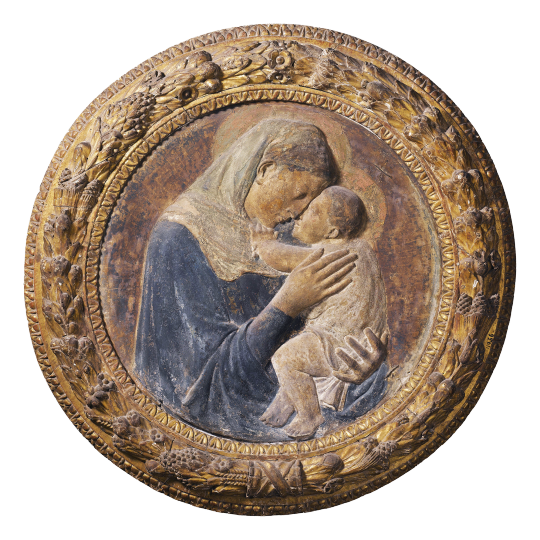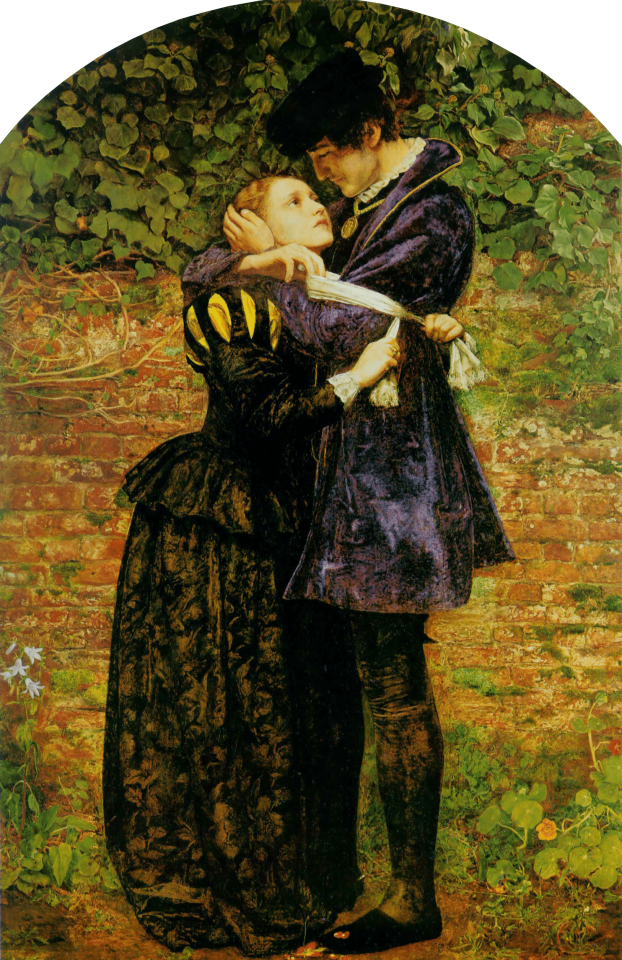A collection of art, art history, and more. Exedra; noun. A portico or arcade with a bench where people converse, especially in ancient Roman and Greek buildings.
Don't wanna be here? Send us removal request.
Text



Whimsy meets stagecraft: These 1915 stage designs by William Penhallow Henderson bring Alice in Wonderland to life in vivid color and imagination. Created for The Players Producing Company of Chicago, they reflect Henderson’s signature touch — a post-impressionist artist known for his paintings, furniture, and visionary American design.
#stage design#alice in wonderland#1900s#art#20th century#illustration#play#production#america#post impressionism#theatre#set design#american art#William Penhallow Henderson#Lewis Carroll#Theatrical Arts#exedras
2 notes
·
View notes
Text

The Repast of the Lion (1907) by Henri Rousseau
The wild stillness of nature through the eyes of a self-taught visionary.
#Henri Rousseau#1900s#20th century#art#art history#post impressionism#post impressionist art#painting#surreal#landscape#exotic#jungle#animals
20 notes
·
View notes
Text



Tabea Hosier’s William A. Wheelock Estate (1936), and Virginia Richards’s collaborative Flower Garden–Lewis Estate (1936) and Ground Plan for Cottage (1936)
Detailed, vintage landscape drawings capture the art and precision of early 20th-century estate garden planning.
#1900s#20th century#illustration#art#garden design#landscape design#vintage#print#exedras#Tabea Hosier#Virginia Richards#William Merklin#garden architecture#estate#cottage
4 notes
·
View notes
Text

Allegory of Time by Luc-Olivier Merson, 1896
A symbolic painting depicting a serene female figure, Time, flanked by two cherubs, life’s phases. Rendered in calming blue tones against a radiant gold background, the piece blends natural, sacred, and classical elements to evoke continuity and reflection.
#french#france#symbolist#painting#Luc-Olivier Merson#1800s#19th century#exedras#time#cherub#classical art#art#art history#mythological art#mythology#paris
21 notes
·
View notes
Text

Donatello, Pazzi Madonna (c. 1420–25) A groundbreaking marble relief created using Donatello’s signature stiacciato technique, this intimate depiction of the Madonna and Child, with no halos to distract, radiates classical restraint, spiritual expression, and revolutionary perspective within a compact devotional format.
#Donatello#madonna#renaissance#renaissance art#sculpture#relief#relief sculpture#florentine#italian#italian renaissance#madonna and child#Stiacciato#marble#exedras#christian art#1400s#15th century
3 notes
·
View notes
Text

The Carpet Merchant by Ettore Simonetti, c. late 1800s
In this richly detailed Orientalist oil painting, a carpet merchant unfurls his vibrant wares before an elegantly attired noblewoman.
Simonetti—working from his theatrically staged studio, other artists' illustrations, traveler's descriptions, photographs, props—crafts an imagined Orientalist scene.
#orientalism#orientalist art#art#art history#exedras#1800s#19th century#romanticism#Ettore Simonetti#mysticism#watercolor#painting#orientalist
25 notes
·
View notes
Text

Afternoon Lessons by Ettore Simonetti, c. late 1800s
In this lush Orientalist scene, reclining women draped in silks leisurely listen as a tutor offers instruction in a richly adorned interior.
Simonetti—working from studio props, other artists' illustrations, traveler's descriptions, photographs—crafts an imagined Orientalist scene.
#orientalism#orientalist art#art#art history#exedras#1800s#19th century#romanticism#Ettore Simonetti#mysticism#watercolor#painting#orientalist
18 notes
·
View notes
Text

The Snake Charmer by Ettore Simonetti, c. late 1800s
In this exquisite Orientalist scene, an enigmatic figure serenades a coiled serpent with gently swaying music, his flute’s melody weaving a spell over both animal and onlookers.
Simonetti—working from studio props, other artists' illustrations, traveler's descriptions, photographs—crafts an imagined Middle Eastern courtyard, where artifice and atmosphere intertwine.
#orientalism#orientalist art#art#art history#exedras#1800s#19th century#romanticism#Ettore Simonetti#mysticism#watercolor#painting#orientalist
20 notes
·
View notes
Text

Optics: A Soap Bubble Colour mezzotint by M. Rapine after Blaise-Alexandre Desgoffe, c. 1883. An ephemeral moment made eternal: a soap bubble shimmering with interference colours, its surface holding the science of light and the wonder of transience.
#aquatint#art#art history#exedras#print#france#french#1800s#19th century#Rapine#Desgoffe#light#mezzotint#printmaking#scientific illustration
6 notes
·
View notes
Text

In the thick of World War I, French soldier Hippolyte Hodeau carved fragile oak leaves with names, places, and tender words—Andrée, El��onore, souvenir.
With nothing but a small blade and a soldier’s longing, he transformed remnants of the forest floor into delicate, translucent love letters. These leaves, etched during rare moments of stillness in the trenches, are not just craft—they are preservation of identity, memory, and a life beyond war.
#1900s#20th century#world war i#world war 1#france#soldier#history#art history#human stories#art#Hippolyte Hodeau#exedras
11 notes
·
View notes
Text





The Illustrated Catalogue of Period Ornaments Cast in Composition and Wood Fibre for Woodwork-Furniture
Published by the Decorators Supply Company, this richly detailed catalogue showcases a wide range of ornamental designs used in early 20th-century interior and furniture decoration.
Featuring classical motifs, scrollwork, and architectural embellishments, the catalogue reflects the craftsmanship and aesthetic sensibilities of the period, offering insight into the materials and styles popular in decorative arts and woodwork of the time.
#decorative arts#design history#furniture design#woodwork#interior design#architectural#period design#vintage#art nouveau#classical#ornamental design#design inspiration#motif design#20th century#ornament#antique#chicago#usa#american#art#art history#exedras
13 notes
·
View notes
Text

Richard von Krafft-Ebing (1840–1902) was a German-Austrian psychiatrist and sexologist best known for Psychopathia Sexualis (1886), a clinical study of sexual deviations based on over 200 case studies.
Aimed at professionals and partly written in Latin to deter the public, the book examined fetishism, sadism, masochism, and homosexuality, which Krafft-Ebing viewed as deviations from procreative sex.
His personal photo collection, possibly linked to his research, includes unidentified erotic images resembling 19th-century "French postcards" featuring unknown models.
#krafft-ebing#psychopathia sexualis#psychiatry#history#sexology#19th century#victorian era#queer history#sexuality#art history#art#publication#1800s#photography#french postcards#weird history#france#germany#austria
22 notes
·
View notes
Text

The procession of the months
Verses by Beatrice Crane, designs by Walter Crane.
1889. Wisbeach, England.
#beatrice crane#walter crane#illustration#publication#art nouveau#art#1800s#exedras#19th century#england#june#calendar
5 notes
·
View notes
Text

The procession of the months
Verses by Beatrice Crane, designs by Walter Crane.
1889. Wisbeach, England.
#1800s#art#19th century#exedras#england#illustration#publication#walter crane#art nouveau#may#calendar#months
6 notes
·
View notes
Text

The Dance of the Nymphs and Cupid, 1900
Édouard Bisson
#Pre-Raphaelite#paris#france#salon#Édouard Bisson#1900s#20th century#art#painting#mythology#cupid#nymphs#roman gods#roman#roman mythology#oil on canvas#oil painting
1 note
·
View note
Text

Night Scene in the Yoshiwara Katsushika, 1800s
The Ōta Memorial Museum of Art, provides its most descriptive title: Courtesans Showing Themselves to the Strollers through the Grille.
Katsushika Ōi
#Edo Period#ink#paper#drawing#art history#1800s#19th century#japan#japanese#tokyo#Katsushika Ōi#courtesan#Ōta#Yoshiwara#edo
7 notes
·
View notes
Text

A Huguenot on St. Bartholomew's Day, 1852
John Everett Millais
A poignant moment during the 1572 massacre, as a Protestant man refuses to save himself by renouncing his faith, gently rejecting his lover’s plea to wear a Catholic armband.
#Pre Raphaelite#oil painting#oil on canvas#art history#1800s#19th century#John Everett Millais#catholic#protestant#love#religion#sacrifice
11 notes
·
View notes